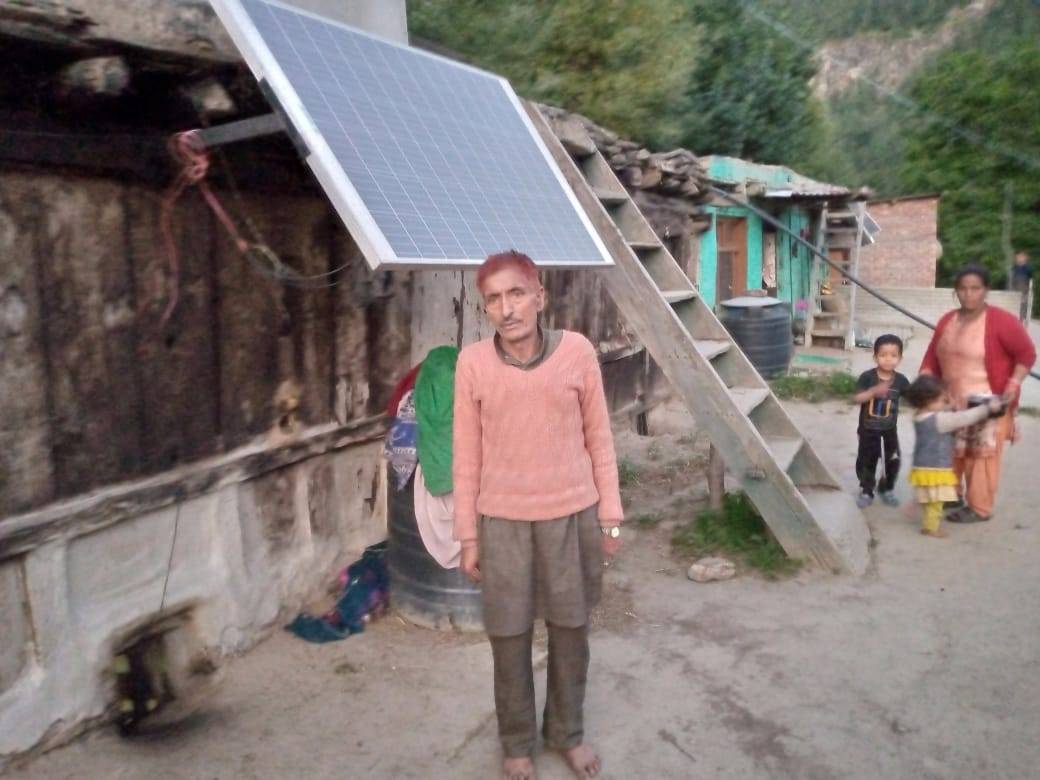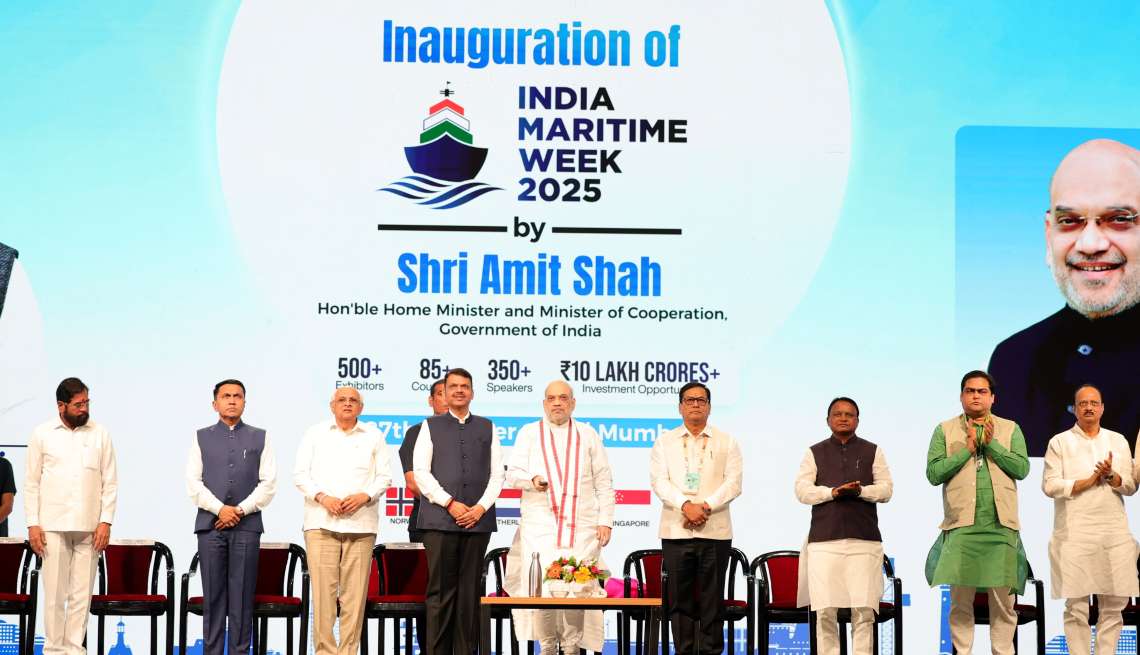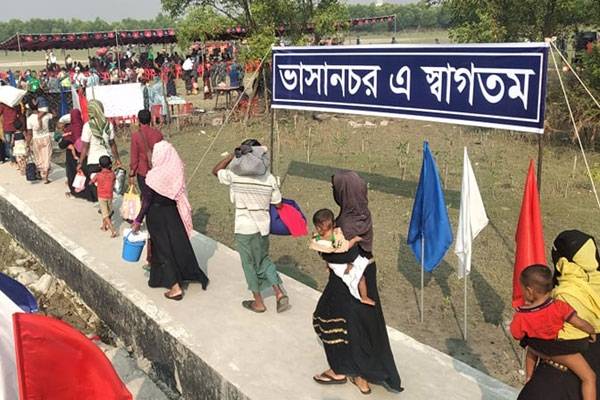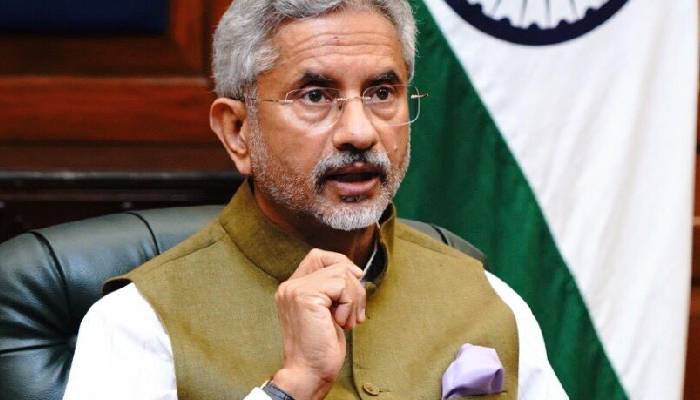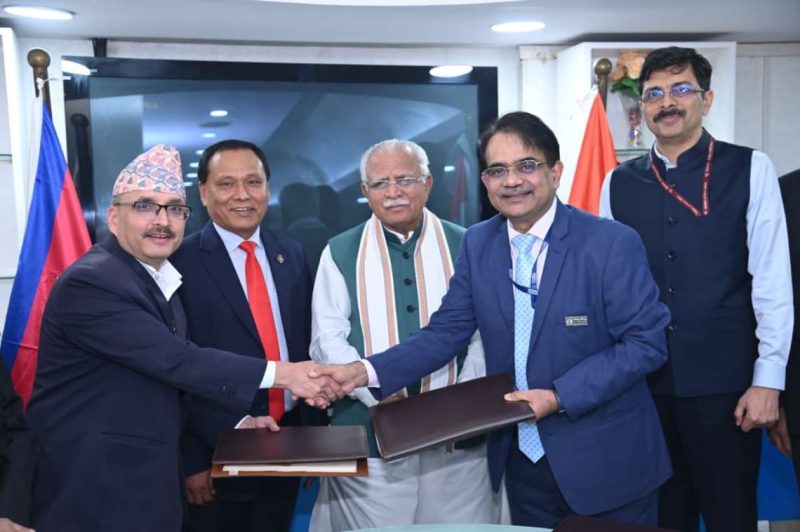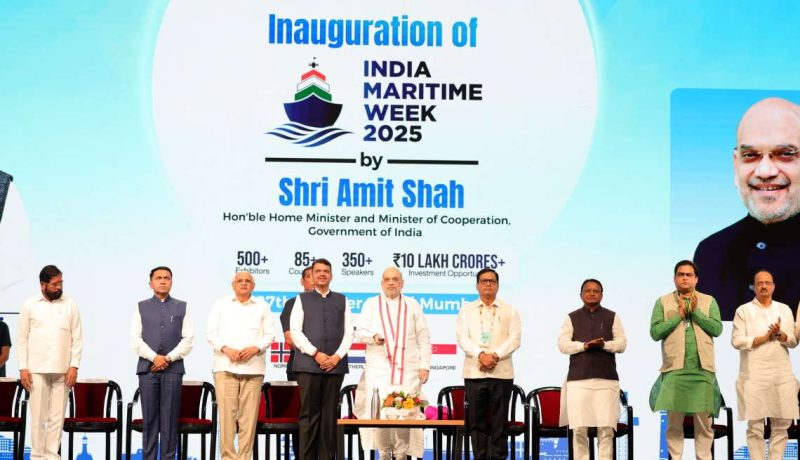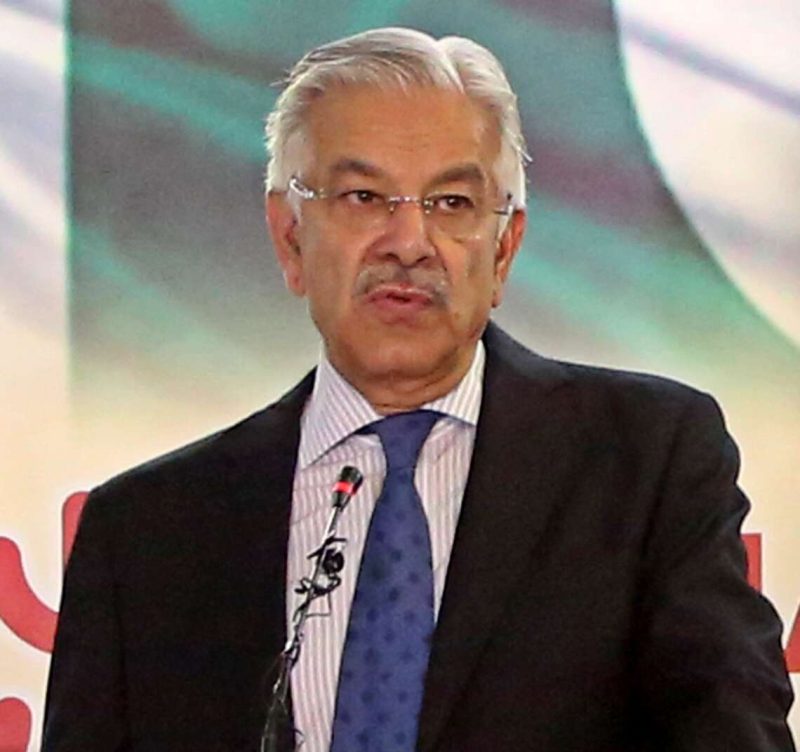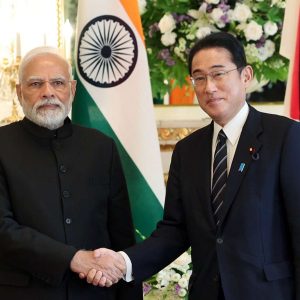Ram Singh, a villager in the remote Pangi Valley said that they had been literally living in darkness every winter…Vishal Gulati
Remote rocky villages of Himachal Pradesh, where snowfall often damages electricity transmission lines for days and breathing kerosene fumes is the only option, are coming out of darkness with the government installing solar lights for individuals and community places.
Also it is providing solar-run pump sets, cookers and lamps across the hydropower surplus state.
Ram Singh, a villager in the remote Pangi Valley, told IANS over the phone that they had been literally living in darkness every winter.
“As electricity remains snapped for days or even weeks with the onset of heavy snowfall, the kerosene lamps are the only option for every villager,” he said.
Naresh Thakur, another villager, said with the government’s blanket ban in 1986 on felling green trees, kerosene was the only choice.
“But the kerosene lamps produce both light and hazardous soot. Our children have no option but to study by the light of a flame.”
Thanking the government for solving their problem, Thakur said the availability of solar power improves their health and hygiene, especially the women.
The World Bank estimates that breathing kerosene fumes is the equivalent of smoking two packets of cigarettes a day.
Emphasizing on making every part of the state self-energy efficient, the state government is making all-out efforts.
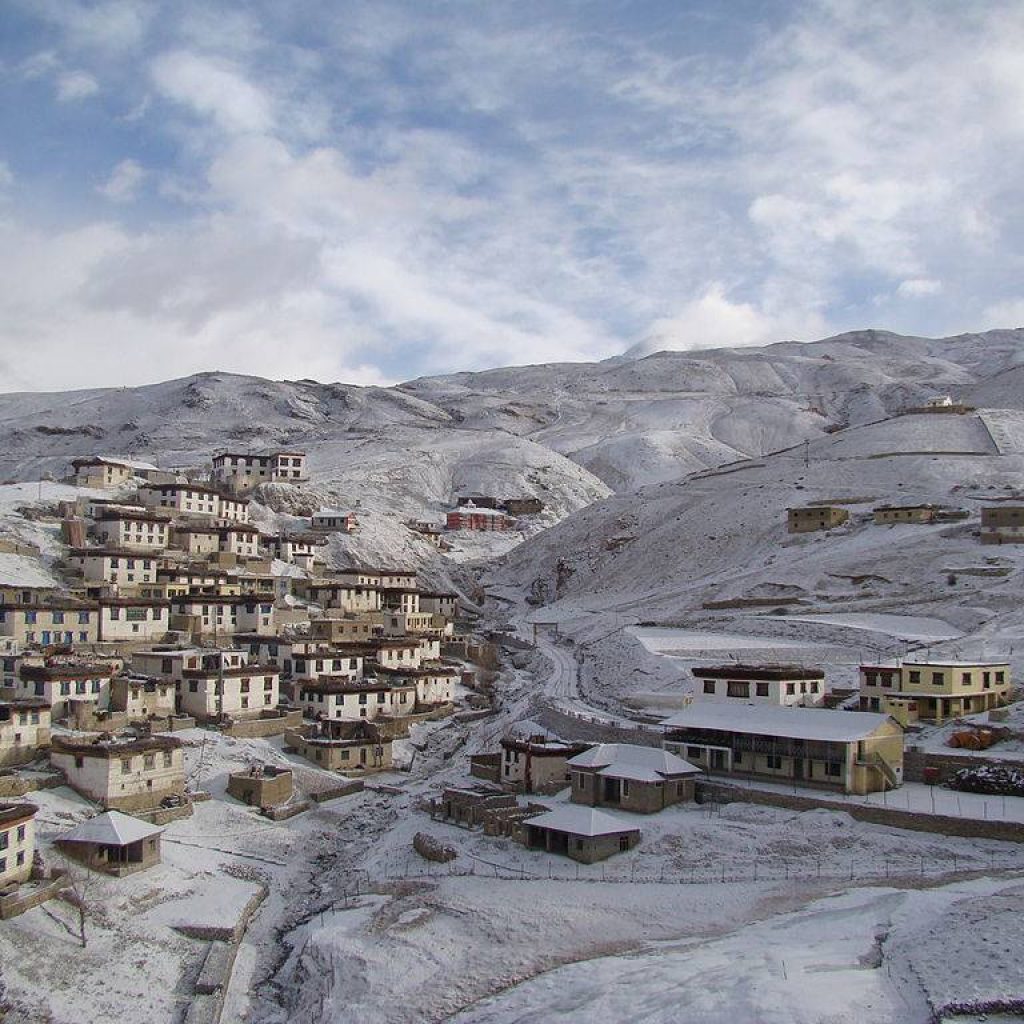
The state’s tribal areas — Lahaul-Spiti and Kinnaur districts and some pockets in Chamba district — are often deprived of electricity due to breakage of transmission lines during winter.
To scale up action on energy efficiency and to mitigate power crisis in winters, the government is setting up off-grid solar power plants and micro hydropower projects in remote areas, a government spokesperson told IANS.
The Pangi Valley in Chamba district is one such tribal area where an initiative has been taken to provide electricity to poor families, under which an off-grid solar plant of 250 watt is being provided to each of them.
State-run HIMURJA is setting up such solar energy plants that each provides power to four-five LED tubes of nine watt each that lasts for more than four hours. An LED television of 40 watt works up to four hours and it charges mobile phones too.
In 2020-21 about 1,000 below poverty line (BPL) families were provided a 250 watt off-grid solar power plant free of cost with a total outlay of Rs 3.83 crore in the Pangi Valley.
A total of 2,162 BPL families would be provided the solar plants by November, said the spokesperson.
The programme to achieve this year’s target in the Pangi Valley was launched by Chief Minister Jai Ram Thakur last week.
Two service centres have also been set up for repair and maintenance of the off-grid solar plant and local people have been trained and hired for this purpose. The state is also making efforts to cover families other than BPL under the programme.
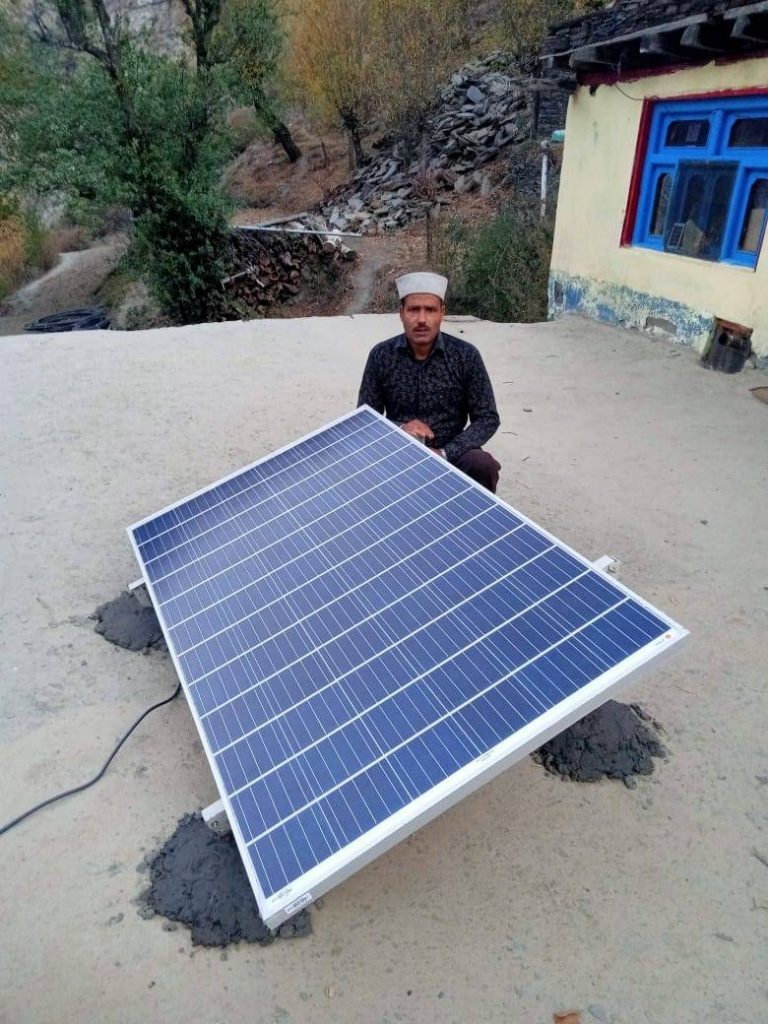
Earlier, the government lit up three non-electrified villages located in the deep forests of the Great Himalayan National Park Conservation Area, the country’s richest biodiversity spot in the western Himalayas, through solar energy.
The National Institute of Solar Energy has assessed Himachal Pradesh’s solar power potential to be 33,000 MW.
Expanding the horizon of its business vertical in renewable energy, public sector hydropower major SJVN Ltd has been entrusted with the responsibility of the development of a 880 MW solar park in Kaza in the Spiti Valley by the government.
A Shimla-based Himalayan Research Group has developed a solar water heating system that is helping improve the quality of life in the mountain regions.
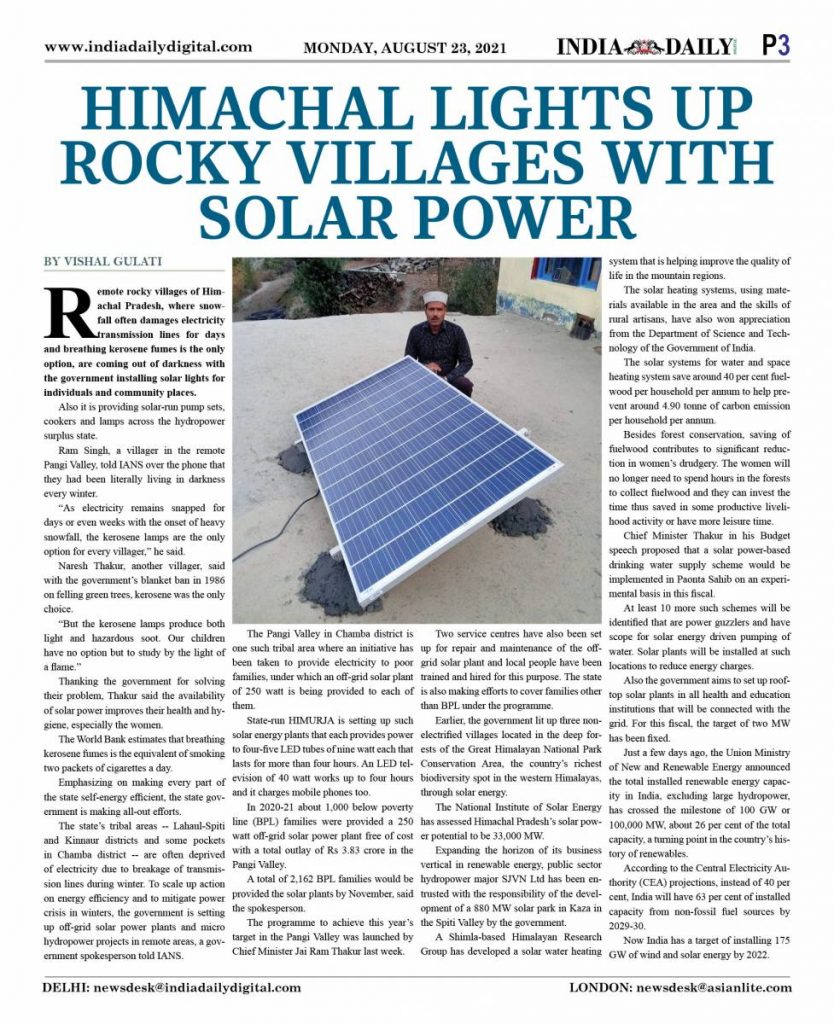
The solar heating systems, using materials available in the area and the skills of rural artisans, have also won appreciation from the Department of Science and Technology of the Government of India.
The solar systems for water and space heating system save around 40 per cent fuelwood per household per annum to help prevent around 4.90 tonne of carbon emission per household per annum.
Besides forest conservation, saving of fuelwood contributes to significant reduction in women’s drudgery. The women will no longer need to spend hours in the forests to collect fuelwood and they can invest the time thus saved in some productive livelihood activity or have more leisure time.
Chief Minister Thakur in his Budget speech proposed that a solar power-based drinking water supply scheme would be implemented in Paonta Sahib on an experimental basis in this fiscal.
At least 10 more such schemes will be identified that are power guzzlers and have scope for solar energy driven pumping of water. Solar plants will be installed at such locations to reduce energy charges.
Also the government aims to set up rooftop solar plants in all health and education institutions that will be connected with the grid. For this fiscal, the target of two MW has been fixed.
Just a few days ago, the Union Ministry of New and Renewable Energy announced the total installed renewable energy capacity in India, excluding large hydropower, has crossed the milestone of 100 GW or 100,000 MW, about 26 per cent of the total capacity, a turning point in the country’s history of renewables.
According to the Central Electricity Authority (CEA) projections, instead of 40 per cent, India will have 63 per cent of installed capacity from non-fossil fuel sources by 2029-30.
Now India has a target of installing 175 GW of wind and solar energy by 2022.


